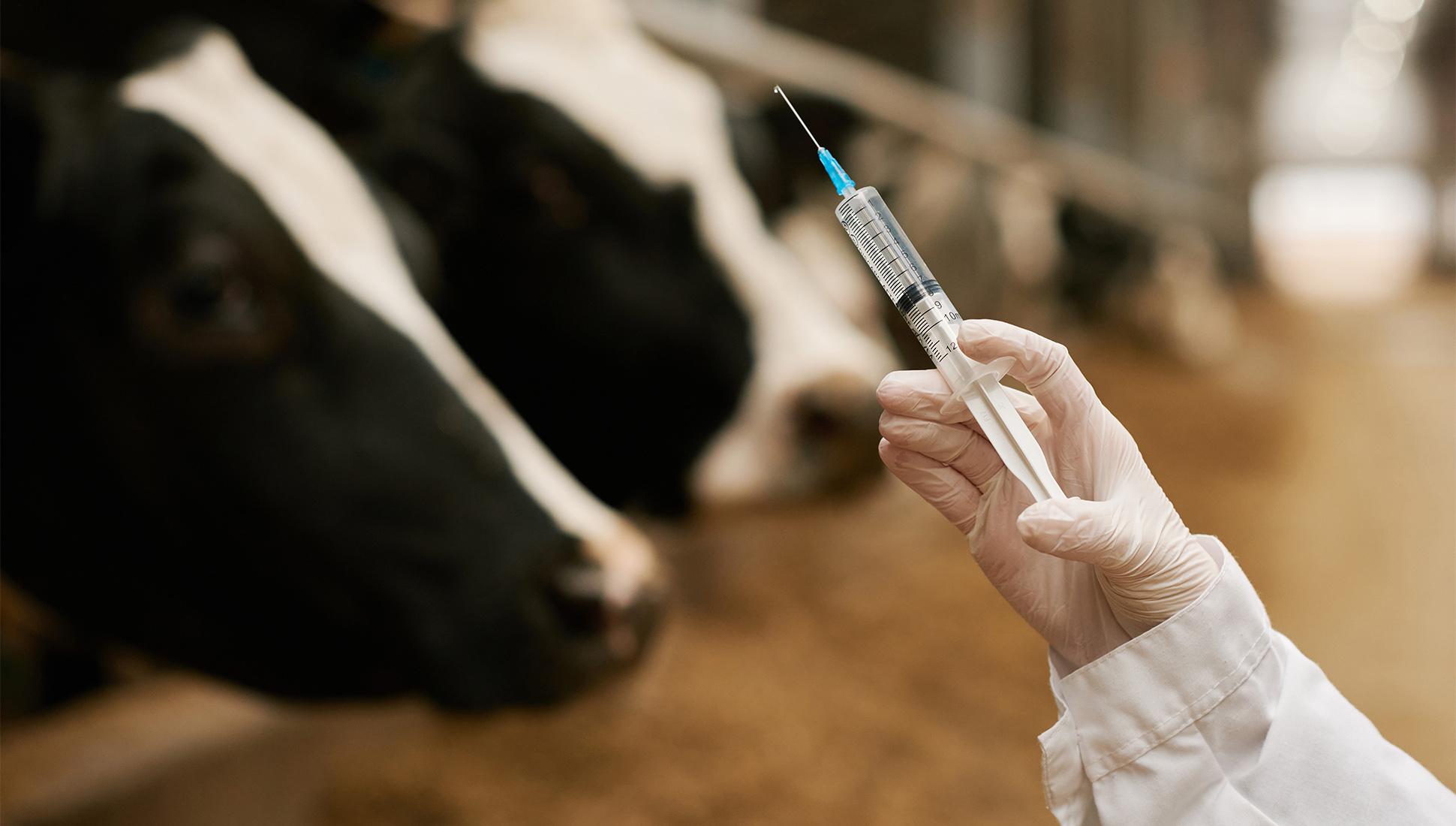What Challenges Come with Talking to Doctors Online?
The digital revolution has permeated many aspects of daily life, including the way healthcare is delivered. Online doctor consultations, a burgeoning facet of telemedicine, have gained prominence, offering a myriad of benefits such as convenience, cost-effectiveness, and broader access to medical care. However, despite their advantages, online consultations face several challenges and limitations that need to be addressed to optimize their effectiveness and ensure the highest standards of patient care. This article explores these challenges and the implications for the future of telehealth.
Technical Challenges
1. Internet Connectivity and Bandwidth Issues: Reliable high-speed internet is crucial for seamless online consultations. Unfortunately, not all patients have access to stable internet connections, especially those in rural or underserved areas. Poor connectivity can lead to disruptions, poor video and audio quality, and a frustrating experience for both patients and healthcare providers.
2. Digital Literacy: The effectiveness of online consultations is contingent on the ability of patients and healthcare providers to navigate digital platforms. Older adults and those with limited experience using technology may struggle to access and use telehealth services effectively, leading to potential disparities in care.
3. Technical Glitches and Software Issues: Telehealth platforms can sometimes be prone to technical problems such as software crashes, system outages, and compatibility issues. These glitches can disrupt consultations, delay care, and reduce patient confidence in online healthcare services, including online doctor consultation apps.
Clinical Limitations
1. Inability to Perform Physical Examinations: One of the most significant limitations of online consultations is the lack of physical examination. Certain conditions require hands-on assessments, palpation, and other diagnostic procedures that cannot be replicated virtually. This limitation necessitates follow-up in-person visits for accurate diagnosis and treatment.
2. Limited Scope for Diagnostic Testing: While telehealth can manage many aspects of care, it falls short when diagnostic tests such as blood work, imaging studies, and other lab tests are necessary. Patients must still visit healthcare facilities for these tests, which can be inconvenient and diminish the perceived benefits of online consultations.
3. Challenges in Emergency Situations: Telehealth is not suitable for handling emergencies or acute medical conditions that require immediate intervention. Conditions like heart attacks, strokes, severe injuries, or acute infections necessitate urgent, hands-on medical attention that can only be provided in person.
Regulatory and Legal Challenges
1. Reluctance to Adopt New Technology: Some patients, especially older adults, may be resistant to adopting new technology due to fear of the unknown, lack of trust in digital solutions, or preference for traditional in-person consultations. Building trust and demonstrating the efficacy of telehealth is crucial for wider acceptance. Educating patients on how to consult a doctor online and providing user-friendly platforms can help alleviate concerns and encourage adoption. Additionally, offering support services such as technical assistance hotlines or tutorials can empower patients to navigate online consultations with confidence.
2. Licensing and Jurisdictional Issues: Telemedicine crosses geographical boundaries, raising issues related to licensing and jurisdiction. Healthcare providers must be licensed in the patient’s location, complicating the provision of care across state or national borders. Navigating these regulations can be complex and restrict the availability of services.
3. Reimbursement Policies: Reimbursement for telehealth services varies widely across different regions and insurance providers. Some insurers may not cover online consultations at the same rate as in-person visits, creating financial barriers for both patients and providers. Clear and consistent reimbursement policies are essential for the sustainability of telehealth.
4. Data Privacy and Security Concerns: The transmission of medical information over digital platforms raises significant concerns about data privacy and security. Ensuring that telehealth platforms comply with regulations such as HIPAA (Health Insurance Portability and Accountability Act) is critical to protect patient information from breaches and cyber threats.
Patient Acceptance and Satisfaction
1. Reluctance to Adopt New Technology: Some patients, especially older adults, may be resistant to adopting new technology due to fear of the unknown, lack of trust in digital solutions, or preference for traditional in-person consultations. Building trust and demonstrating the efficacy of telehealth is crucial for wider acceptance.
2. Perceived Quality of Care: Patients may perceive online consultations as inferior to face-to-face interactions. The lack of physical presence and the impersonal nature of digital communication can lead to concerns about the quality and thoroughness of care provided virtually.
3. Communication Barriers: Non-verbal cues such as body language, facial expressions, and eye contact play a significant role in medical consultations. The digital interface of online consultations can hinder effective communication, making it challenging for healthcare providers to pick up on subtle cues that inform diagnosis and patient management.
Integration with Traditional Healthcare Systems
1. Coordination of Care: Integrating online consultations with traditional healthcare systems can be challenging. Ensuring that patient records are updated accurately and that there is seamless communication between different healthcare providers is essential for coordinated care, especially for patients with chronic or complex conditions.
2. Infrastructure and Resource Allocation: Healthcare providers must invest in the necessary infrastructure, including telehealth platforms, digital diagnostic tools, and training for staff. This requires financial resources and a commitment to change management, which can be a barrier for smaller practices or those with limited budgets.
3. Standardization of Care: Establishing standardized protocols and guidelines for telehealth is crucial to ensure consistency in care delivery. This includes defining which conditions are suitable for online consultations, protocols for follow-up care, and guidelines for patient triage and referral.
Conclusion
While online doctor consultations have revolutionized access to healthcare, they are not without challenges and limitations. Addressing technical issues, clinical constraints, regulatory complexities, and patient acceptance is essential to fully realize the potential of telehealth. As technology advances and healthcare systems adapt, ongoing efforts to improve the quality, accessibility, and integration of online consultations will be crucial in shaping the future of healthcare. By acknowledging and addressing these challenges, we can work towards a more inclusive, efficient, and patient-centered healthcare system that leverages the best of both digital and traditional care modalities.
References :-
https://medicasapp.com/in https://medicasapp.com/in/consultnow/ What Challenges Come with Talking to Doctors Online?
The digital revolution has permeated many aspects of daily life, including the way healthcare is delivered. Online doctor consultations, a burgeoning facet of telemedicine, have gained prominence, offering a myriad of benefits such as convenience, cost-effectiveness, and broader access to medical care. However, despite their advantages, online consultations face several challenges and limitations that need to be addressed to optimize their effectiveness and ensure the highest standards of patient care. This article explores these challenges and the implications for the future of telehealth.
Technical Challenges
1. Internet Connectivity and Bandwidth Issues: Reliable high-speed internet is crucial for seamless online consultations. Unfortunately, not all patients have access to stable internet connections, especially those in rural or underserved areas. Poor connectivity can lead to disruptions, poor video and audio quality, and a frustrating experience for both patients and healthcare providers.
2. Digital Literacy: The effectiveness of online consultations is contingent on the ability of patients and healthcare providers to navigate digital platforms. Older adults and those with limited experience using technology may struggle to access and use telehealth services effectively, leading to potential disparities in care.
3. Technical Glitches and Software Issues: Telehealth platforms can sometimes be prone to technical problems such as software crashes, system outages, and compatibility issues. These glitches can disrupt consultations, delay care, and reduce patient confidence in online healthcare services, including online doctor consultation apps.
Clinical Limitations
1. Inability to Perform Physical Examinations: One of the most significant limitations of online consultations is the lack of physical examination. Certain conditions require hands-on assessments, palpation, and other diagnostic procedures that cannot be replicated virtually. This limitation necessitates follow-up in-person visits for accurate diagnosis and treatment.
2. Limited Scope for Diagnostic Testing: While telehealth can manage many aspects of care, it falls short when diagnostic tests such as blood work, imaging studies, and other lab tests are necessary. Patients must still visit healthcare facilities for these tests, which can be inconvenient and diminish the perceived benefits of online consultations.
3. Challenges in Emergency Situations: Telehealth is not suitable for handling emergencies or acute medical conditions that require immediate intervention. Conditions like heart attacks, strokes, severe injuries, or acute infections necessitate urgent, hands-on medical attention that can only be provided in person.
Regulatory and Legal Challenges
1. Reluctance to Adopt New Technology: Some patients, especially older adults, may be resistant to adopting new technology due to fear of the unknown, lack of trust in digital solutions, or preference for traditional in-person consultations. Building trust and demonstrating the efficacy of telehealth is crucial for wider acceptance. Educating patients on how to consult a doctor online and providing user-friendly platforms can help alleviate concerns and encourage adoption. Additionally, offering support services such as technical assistance hotlines or tutorials can empower patients to navigate online consultations with confidence.
2. Licensing and Jurisdictional Issues: Telemedicine crosses geographical boundaries, raising issues related to licensing and jurisdiction. Healthcare providers must be licensed in the patient’s location, complicating the provision of care across state or national borders. Navigating these regulations can be complex and restrict the availability of services.
3. Reimbursement Policies: Reimbursement for telehealth services varies widely across different regions and insurance providers. Some insurers may not cover online consultations at the same rate as in-person visits, creating financial barriers for both patients and providers. Clear and consistent reimbursement policies are essential for the sustainability of telehealth.
4. Data Privacy and Security Concerns: The transmission of medical information over digital platforms raises significant concerns about data privacy and security. Ensuring that telehealth platforms comply with regulations such as HIPAA (Health Insurance Portability and Accountability Act) is critical to protect patient information from breaches and cyber threats.
Patient Acceptance and Satisfaction
1. Reluctance to Adopt New Technology: Some patients, especially older adults, may be resistant to adopting new technology due to fear of the unknown, lack of trust in digital solutions, or preference for traditional in-person consultations. Building trust and demonstrating the efficacy of telehealth is crucial for wider acceptance.
2. Perceived Quality of Care: Patients may perceive online consultations as inferior to face-to-face interactions. The lack of physical presence and the impersonal nature of digital communication can lead to concerns about the quality and thoroughness of care provided virtually.
3. Communication Barriers: Non-verbal cues such as body language, facial expressions, and eye contact play a significant role in medical consultations. The digital interface of online consultations can hinder effective communication, making it challenging for healthcare providers to pick up on subtle cues that inform diagnosis and patient management.
Integration with Traditional Healthcare Systems
1. Coordination of Care: Integrating online consultations with traditional healthcare systems can be challenging. Ensuring that patient records are updated accurately and that there is seamless communication between different healthcare providers is essential for coordinated care, especially for patients with chronic or complex conditions.
2. Infrastructure and Resource Allocation: Healthcare providers must invest in the necessary infrastructure, including telehealth platforms, digital diagnostic tools, and training for staff. This requires financial resources and a commitment to change management, which can be a barrier for smaller practices or those with limited budgets.
3. Standardization of Care: Establishing standardized protocols and guidelines for telehealth is crucial to ensure consistency in care delivery. This includes defining which conditions are suitable for online consultations, protocols for follow-up care, and guidelines for patient triage and referral.
Conclusion
While online doctor consultations have revolutionized access to healthcare, they are not without challenges and limitations. Addressing technical issues, clinical constraints, regulatory complexities, and patient acceptance is essential to fully realize the potential of telehealth. As technology advances and healthcare systems adapt, ongoing efforts to improve the quality, accessibility, and integration of online consultations will be crucial in shaping the future of healthcare. By acknowledging and addressing these challenges, we can work towards a more inclusive, efficient, and patient-centered healthcare system that leverages the best of both digital and traditional care modalities.
References :- https://medicasapp.com/in
https://medicasapp.com/in/consultnow/



